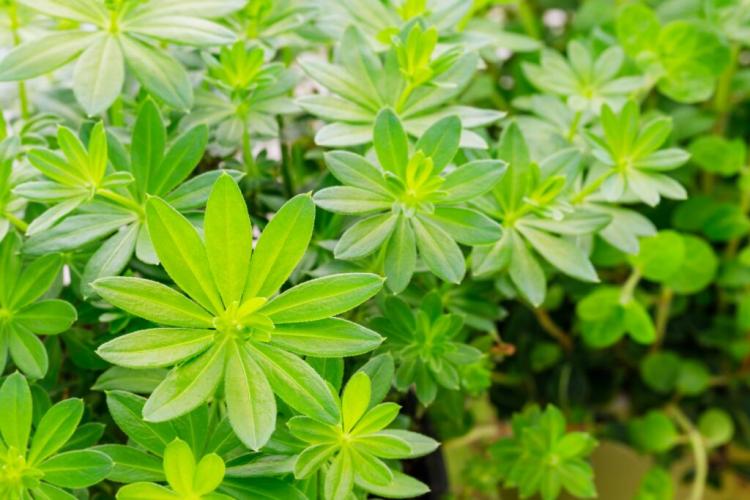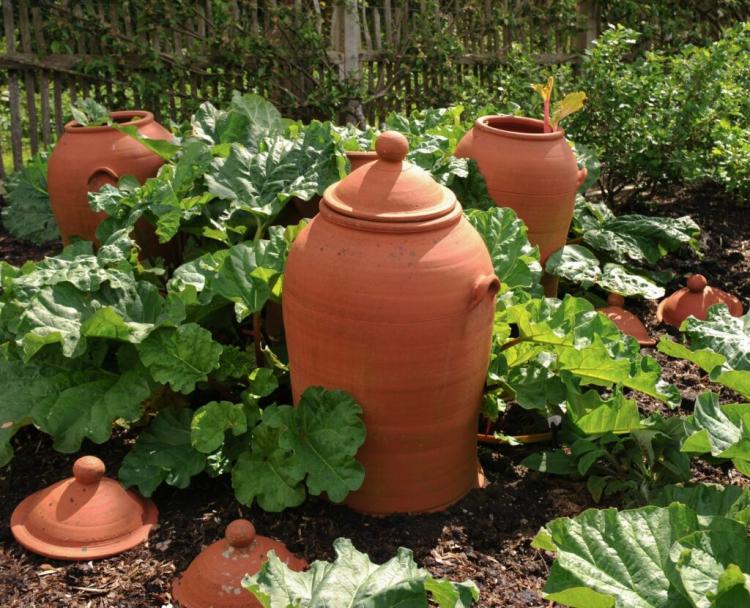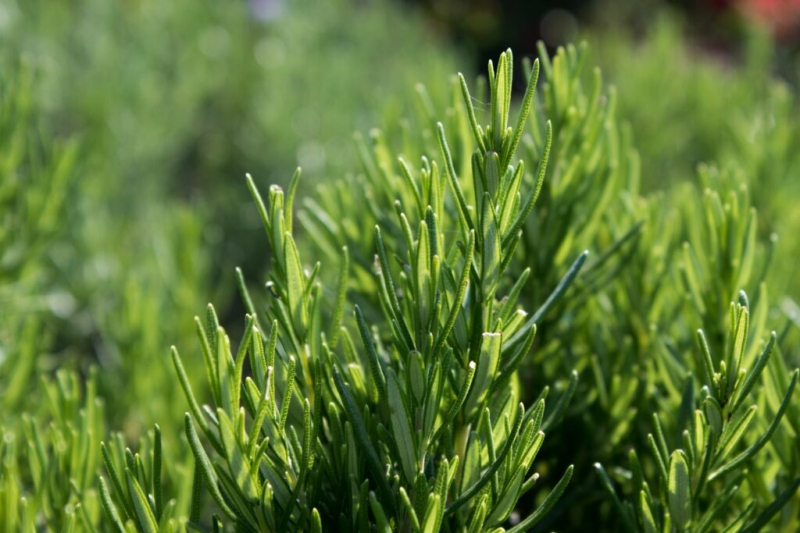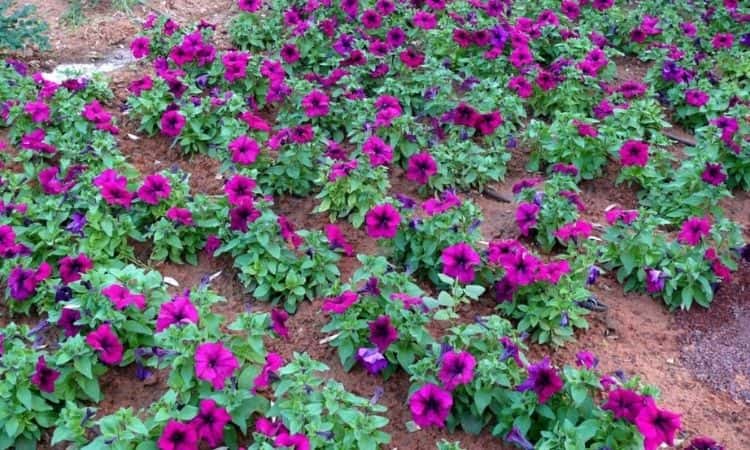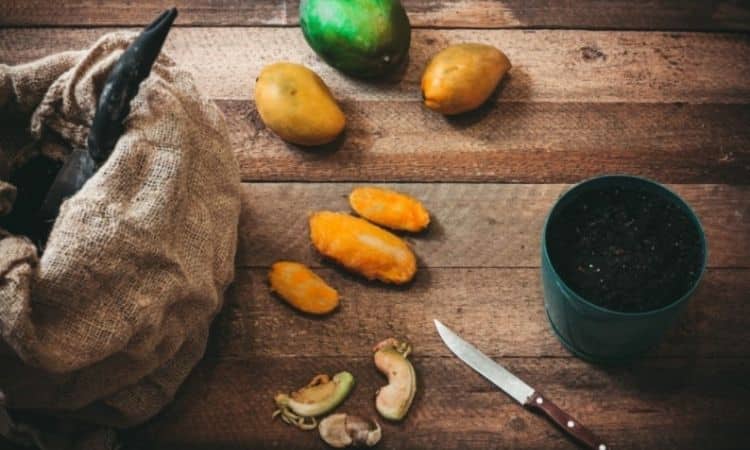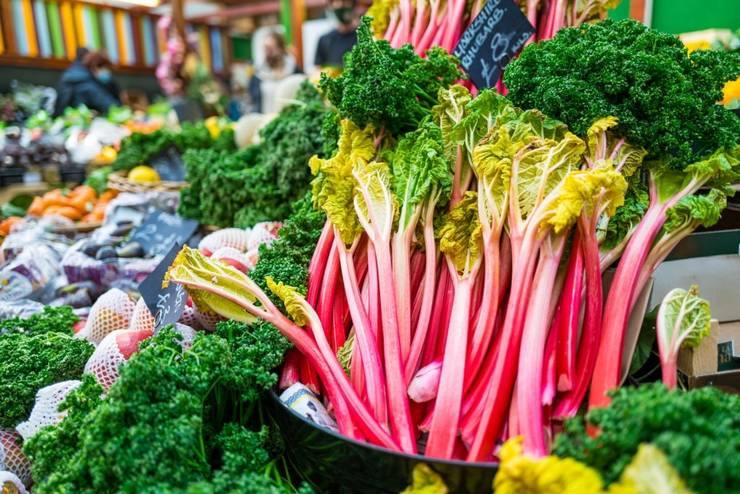Sugarloaf Cabbage Planting, Maintaining And Using
Sugarloaf cabbage is a salad that can also be grown in your own garden without any problems. Here you can find out everything about sowing, care, and harvesting.
Sugarloaf cabbage: origin and properties
Table of Contents
If you want to eat a crispy salad in winter too, you can grow cabbage in your garden. It is also called Sugarloaf – but this name is based on the shape and not the taste. You can find out here how to grow, care for and harvest the rather undemanding winter vegetables.
Sugarloaf Cabbage ( Cichorium intybus var. Foliosum ) has many names: it is known as chicory salad. The better-known name “Sugar Loaf” comes from the visual similarity to the cone-shaped cabbage. From a botanical point of view, like radicchio, chicory, and other edible garden chicories, it is a cultivated form of the common chicory (chicory) native to Europe. It belongs to the sunflower family (Asteraceae).
The herb originally comes from Italy, Austria as well as southern France, and southern Switzerland. Nowadays it is also very popular all over France, Switzerland, and southern Germany. Cabbage is grown both for agriculture and in numerous home gardens.
The elongated heads are about 25 to 35 cm long, depending on the variety, and form oval, matt green to light yellow leaves. Similar to other types of chicory, sugarloaf also tastes slightly bitter. The bitterness increases with the age of the plants but decreases again when the sugarloaf cabbage has been exposed to light night frosts.
You Might Also Like Growing White Cabbage
Sugarloaf cabbage varieties
Popular sugarloaf varieties include the following:
- ‘Jupiter F1’: a robust, not very sensitive variety; light green leaves; productive and storable; early harvest from July is possible, can be harvested until September; slightly nutty taste.
- ‘Nettuno TT’: tolerates light frosts; compact and fast-growing; Harvesting is possible around 90 days after sowing, generally between September and November; crisp, aromatic, slightly sweet note.
- ‘Auslese’: tolerates frosts down to -4 ° C; can be planted a little closer than other varieties; lush green leaves; Harvest possible from the beginning of September to the end of November, in mild years even into December; easy to store; aromatic taste.
Planting Sugarloaf Cabbage: Location and Procedure
If you want to plant the Sugarloaf cabbage, you should consider when choosing a location that it develops tap roots and hardly any side roots. Therefore, locations with deep soils are important. A humus soil in sheltered and sunny beds is preferred, but the Sugarloaf is undemanding. Most good garden soils are sufficient for him. Mixed cultivation is possible without any problems. Peas (Pisum sativum ), lettuce ( Lactuca sativa ), tomatoes ( Solanum Lycopersicum ), carrots ( Daucus carota ), or parsnips ( Pastinaca sativa ) are suitable for this. In addition, the sugarloaf can be easily incorporated into crop rotation. Cultivation after other salads, kohlrabi ( Brassica oleracea var. Gongylodes ) or radishes ( Raphanus sativus var. Sativus ) is ideal. A three-year break from cultivation in the same location is recommended as this will prevent the transmission of disease.
You Might Also Like How To Fertilize Tomatoes
You can sow the Sugarloaf cabbage directly outdoors between mid-June and mid-July. Care should be taken to ensure a planting distance of around 30 cm between the plants and around 40 cm between the rows. A planting density of 10 plants per square meter is ideal. If you want to harvest the sugarloaf cabbage earlier, you can pre-germinate the seeds from mid-May and bring young plants into the bed in June.
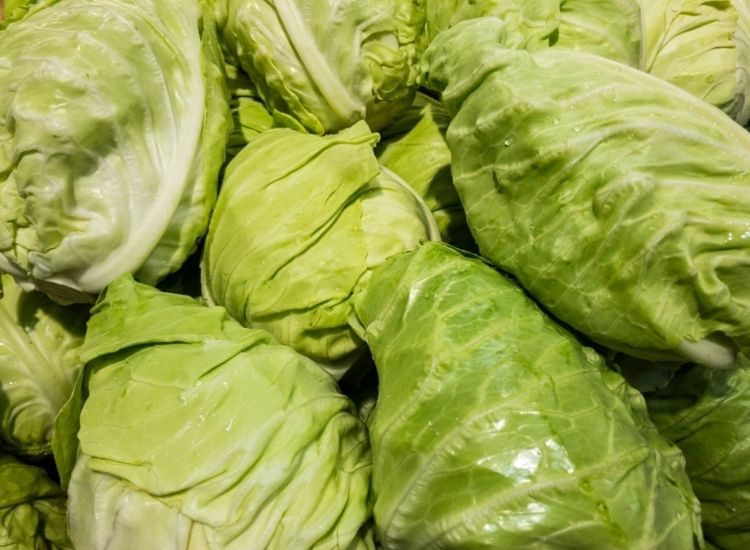
A germination temperature of 20 to 25 ° C is optimal for germination, the germination time is about eight days. Seed compost is used for cultivation, as this has a reduced nutrient content, which ensures a denser and more resistant root system. Organic herb and seed-soil is ideal for sowing and is also produced sustainably and peat-free.
Because of the taproots, it is necessary to separate the early plants. The sugarloaf seedlings should be exposed at the earliest when they have formed two leaves, but at the latest after four weeks. If the cabbage is not protected from the cold, it shoots very quickly.
You Might Also Like Companion Planting with Turnips
Caring for sugarloaf cabbage properly
The cabbage is very undemanding during vegetation. It is enough if it is poured regularly in dry phases. In addition, weeds should be weeded regularly so that the cabbage weeds are not overgrown. Further fertilization is not necessary for well-supplied locations, and there is no need to cut the plant.
Depending on the variety, the cabbage can easily withstand frost temperatures of up to -6 ° C, which is why it can be harvested until the end of November. However, the plant is not winter hardy outdoors. In principle, overwintering is possible in a greenhouse or under foil.
You might so like: How To Grow And Harvest Iceberg Lettuce
Harvest and store sugarloaf
The harvest season begins as soon as the heads feel firm. The sugarloaf can then be cut off close to the ground, whereby the protruding bottom leaves can remain. As already mentioned, the sugarloaf is a seasonal vegetable that, depending on the variety, can be harvested between September and sometimes well into December.

Fortunately, if the harvested heads cannot be eaten immediately, they can be stored without any problems. It is better than to harvest part of the root and cut off the lower protruding leaves. This means that the sugarloaf stays fresh longer. It can be stored and consumed in a cool, dark place until mid-February. If the sugarloaf is dug up with the entire root and stored in a box in the cellar filled with moist earth or moist sand, you can store it until the following spring.
Uses and ingredients of sugarloaf
The stored vegetables can still be eaten raw even after a few weeks. Alternatively, you can steam sugarloaf, use it as a stir-fry or cook it in the oven. A sugarloaf vegetable casserole with cheese gratin is particularly tasty.
The ingredients are very similar to those of chicory. Sugarloaf is rich in potassium, folic acids, and zinc. It contains vitamins A, B, and C and is also very low in calories. The bitter taste of sugarloaf is triggered by the bitter substance lactucopicrin. This stimulates the activity of the pancreas and the gallbladder and is therefore excellent for digestion.
Sugarloaf Cabbage: Diseases and Common Pests
The aphid in particular can damage the sugarloaf during its development. The lettuce root lice also damage the sugarloaf cabbage by attacking the roots of the plants. An infestation is difficult to recognize due to the way of life hidden in the soil; however, the lice attract ants with their honeydew secretions. These are therefore a good indicator of an infestation.
In addition to pests, the disease can also occur. Especially when the leaves are damaged by heavy rain or hail, fungi are exposed to attack. Powdery mildew ( Erysiphaceae ) can attack plants in dry summer, while Alternaria ( Alternaria ) spreads in wet autumn. In addition, if the plants are weak or have been over-fertilized, the gray mold fungus ( Botrytis cinerea ) can become a problem.
Sugarloaf salad is the ideal vegetable for winter. For the summer you will find more green, red and colorful lettuce varieties that can be grown in your garden.

